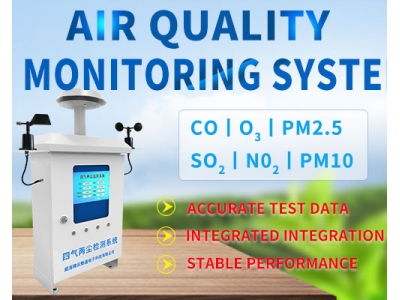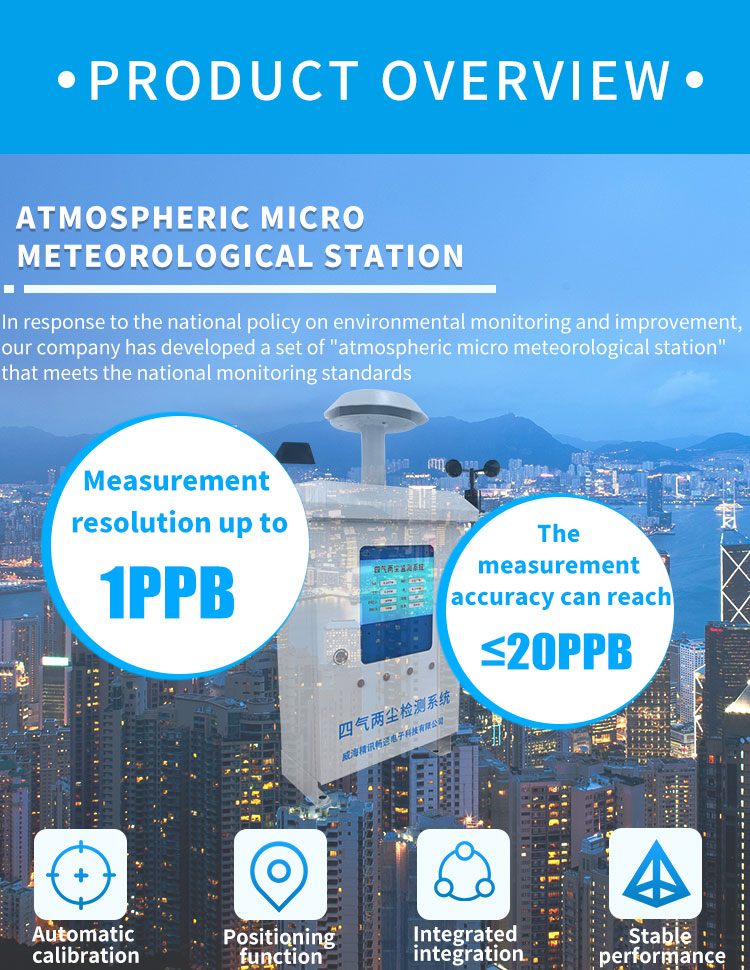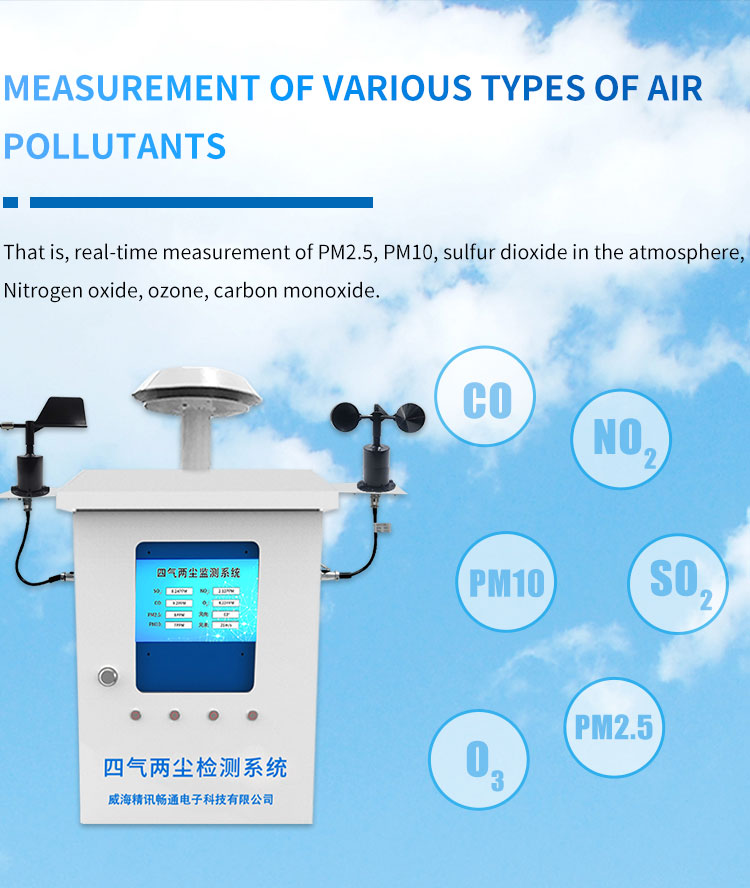
The Importance of Air Quality Monitoring Stations in Promoting Clean Air
In this article, we will discuss what air quality monitoring stations are, how they work, and the importance of these stations in promoting public health.

In this article, we will discuss what air quality monitoring stations are, how they work, and the importance of these stations in promoting public health.
Air pollution is one of the major global challenges that lead to an unhealthy living environment. It poses a significant threat to public health, the environment, and economic development. Many initiatives are being taken globally to combat air pollution, and one solution that has been adopted is the use of air quality monitoring stations to track real-time changes in air quality. In this article, we will discuss what air quality monitoring stations are, how they work, and the importance of these stations in promoting public health.
Air quality monitoring stations are devices that are designed to measure various air pollutants, including particulate matter, nitrogen oxides, ozone, sulfur dioxide, carbon monoxide, and volatile organic compounds (VOCs). These stations are placed in different locations to collect data on the amount and types of pollutants in the air. The collected data is then transmitted to central servers where it is analyzed to provide real-time information on air quality.

The working principle of air quality monitoring stations is based on a sampling method. The stations contain sensors that detect different pollutants in the air and measure their concentration levels. The sensors utilize different technologies to detect pollutants, and they can be configured to measure specific pollutants or a combination of pollutants.
For instance, some sensors use ultraviolet light to detect nitrogen oxide levels, while others use electrochemical reactions to detect carbon monoxide. Furthermore, some sensors use laser-induced fluorescence to detect VOCs, while others use gravimetric methods to measure particulate matter.
Air quality monitoring stations are designed to operate continuously, and the data collected is transmitted to a central server in real-time. The stations can be operated by different entities, including government agencies, private organizations, and research institutions.
Air pollution is a major contributor to respiratory and cardiovascular diseases. The World Health Organization (WHO) estimates that air pollution causes over 7 million premature deaths annually globally. This is a worrying trend, and there is an urgent need to take action to address the issue.
One of the most effective ways to combat air pollution is through the use of air quality monitoring stations. These stations provide real-time data on air quality, which can be used to inform policy decisions, public health interventions, and individual actions to reduce exposure to pollutants.
For example, the data collected from air quality monitoring stations can be used to inform the general public about the quality of the air in their area. This information can help people make informed decisions about when to go outside, what types of physical activities to engage in, and other precautionary measures to take to avoid exposure to pollutants.
Furthermore, the data collected from air quality monitoring stations can be used to guide policy decisions aimed at reducing air pollution. For instance, governments can use this data to develop air quality standards, establish emission regulations for industries, and promote clean energy production methods.
Air quality monitoring stations are also essential in identifying pollution hotspots. These are areas with high concentrations of pollutants that pose a significant risk to public health. With the help of air quality monitoring stations, researchers can identify these hotspots and develop targeted interventions to reduce pollution levels in these areas.

In conclusion, air quality monitoring stations are critical in promoting public health and the environment. These devices provide real-time data on air quality, which can be used to inform policy decisions, household behaviors, and individual actions aimed at reducing exposure to pollutants. Governments, private organizations, and research institutions should invest in the development and deployment of air quality monitoring stations in different locations to track real-time changes in air quality and promote clean air for all.